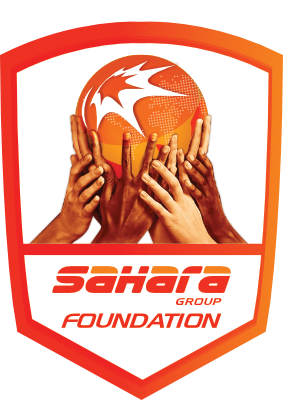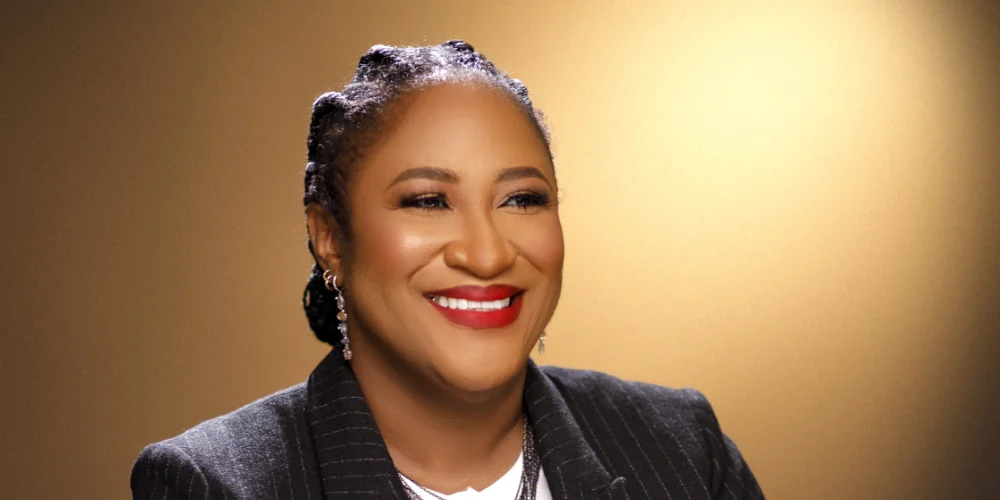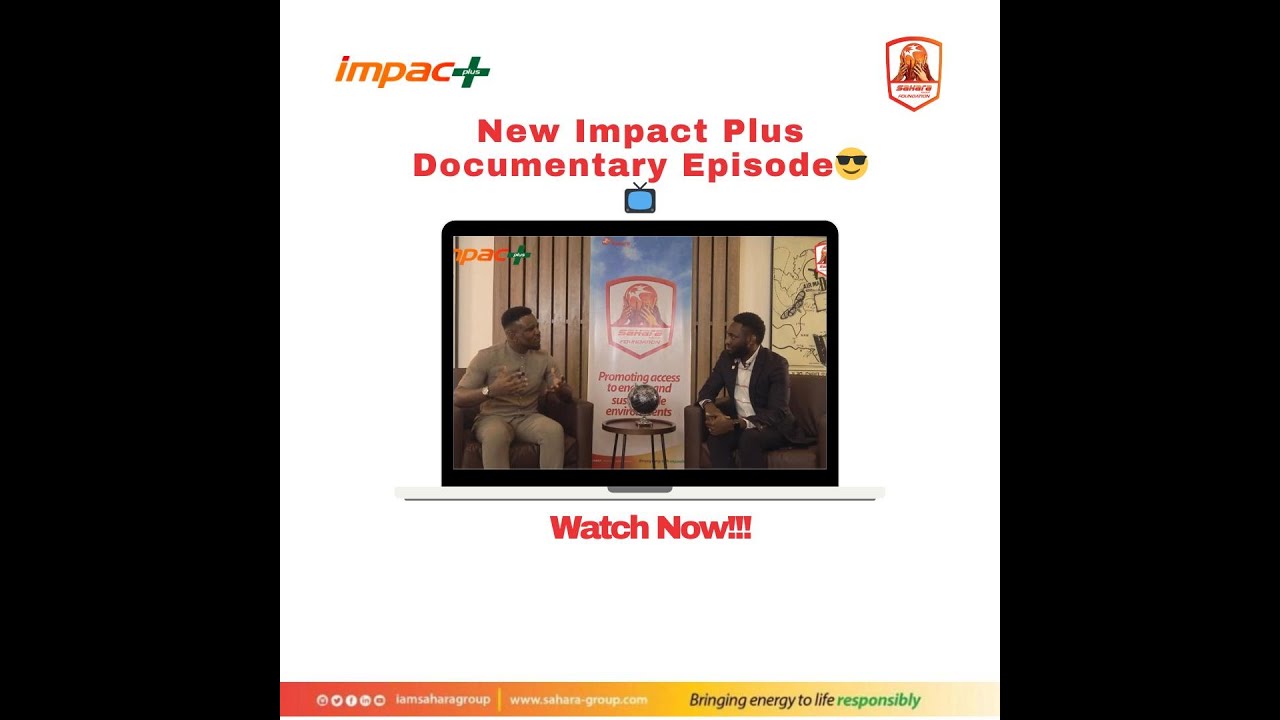The success of every business goes beyond having the best ideas and quality, of services and products. Because your business solves a major problem, or beats your competitors in terms of quality doesn’t necessarily convert to high sales and patronage.
Branding, value creation, advertisement and marketing are very important tools in boosting the visibility and sales of your products and services.
In the fields of marketing, there are actions, and tools every business owner must utilize for an effective marketing. These actions are collectively known as Marketing Mix
DEFINITION OF MARKETING MIX
Marketing mix is the set of actions, tools, or tactics that a company uses to promote its brand or product in the market. It helps businesses and Marketers to determine a product or brands offering
Created in 1960 by E. Jerome McCarthy, the elements of marketing mix typically constituted of 4P’s; Price, Product, Promotion and Place.
However, in the late 70’s it was widely acknowledged by Marketers that the Marketing Mix should be updated. This led to the creation of the Extended Marketing Mix in 1981 by Booms & Bitner which added 3 new elements; People, Process and Physical Evidence, extending it to 7P’s, and in some spheres, 8P’s (addition of Productivity & Quality). This now allowed the Marketing Mix to also include services and not just physical products.
THE 8 ELEMENTS OF MARKETING MIX.
PRODUCT. PRICE. PROMOTION. PLACE. PEOPLE. PROCESS. PHYSICAL EVIDENCE. PRODUCTIVITY & QUALITY
What are exactly are these P’s of Marketing Mix? What is their significance(s), and how do they influence the sales and success of businesses?
Product: this is the item or service actually being sold. The product must deliver a minimum level of performance. It should meet the consumers’ expectations especially in terms of functionality; else, even the best work on the other elements of the marketing mix would be futile.
Price: This refers to the monetary value placed on a product or service and depends largely on costs of production, segment targeted, ability of the market to pay, supply – demand and a host of other direct and indirect factors. While the product should be perceived as representing good value for money, it does not necessarily mean it should be the cheapest available, as customers are usually happy to pay a little more for something that works perfectly well for them.
Place: Refers to the point of sale. The product should be available from where your target consumer finds it easiest to shop. This may be offline, in store, via mail order, e-commerce or an online shop. Retailers pay a premium for the right location. In fact, the mantra of a successful business is ‘location, location, location’.
Promotion: Advertising, PR, Sales Promotion, Personal Selling and, Social Media are all key communication tools for an organisation. Promotion refers to all the activities undertaken to make the product or service known to the user and trade. This can include advertising, word of mouth, press reports, incentives, commissions and awards to the trade. It can also include consumer schemes, direct marketing, contests and prizes.
People: The success and functionality of every company is greatly dependent on the attitude and efficiency of the employees. From front line Sales staff to the Managing Director all employees are relevant as they are as much a part of your business offering as the products/services you are offering. Thus having the right people is essential.
Processes: This involves every activity that occurs within transient of product or service from the company to the end consumer/ user. The delivery of your service usually occurs in the presence of the customer, thus how the service is delivered is once again part of what the consumer is paying for.
Physical Evidence: This includes some physical elements related to the service or company, even if what the consumer is paying for is intangible. For example a nail salon would provide their client with a completed manicure and pedicure session; an online fashion company would have at least a website or e-commerce store and samples of outfits, and an insurance company would give their customers some form of printed material.
Even if the material is not physically printed such as PDFs, they are still receiving a “physical product” by this definition.
Productivity & Quality: This P asks the question of quality; “is what we’re offering our customer a good deal?” It lays more emphasis on how your company passes your productivity onto its customers, than about how you as a business improve your own productivity for cost management.
All the elements of the marketing mix influence each other and make up the business plan for a company. If handled right, they can give great success to the company; but handled wrong the business could take years to recover. The marketing mix needs a lot of understanding, market research and consultation with several people, from users to trade to manufacturing and several others.
REFERENCES
https://economictimes.indiatimes.com/definition/marketing-mix
https://www.professionalacademy.com/blogs/marketing-theories-the-marketing-mix-from-4-ps-to-7-ps/






